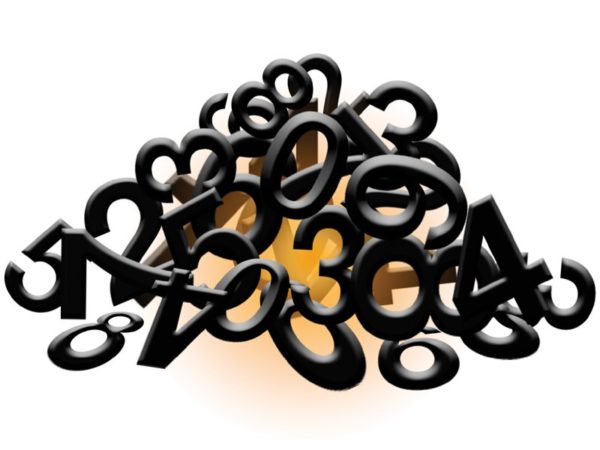I often help organizations raise more money by helping them see that they have too many numbers in their appeals and e-appeals.
Take a look at this example where I’ve emphasized the numbers in red…
- The Membership For Everyone program provides low-income families with a health club membership at a substantially reduced rate of $25. This program supports income-qualified families in vulnerable situations to come exercise, play and learn just as anybody else would with the same benefits as any other membership we offer, like the one you had.
- Our goal is to serve 3,000 families through the Membership For Everyone program. We are currently over 1,500 with a 140% growth over the last four years.
- This Program is supported by individuals and organizations in our community to help offset the costs of the membership(s). Donations toward this program range from $1,000 to $5,000.
That’s eight numbers in three paragraphs.
Making it even more complex is that they are different types of numbers all mixed together. We’ve got dollar amounts, we’ve got percentages. We’ve got numerals, we’ve got words. We’ve got a goal, we’ve got actuals. We’ve got membership rates, we’ve got gift ranges.
And let’s not miss something: the organization wrote this believing that by including those numbers, the donor would understand the situation more fully and be more likely to give a gift. The organization’s heart was in the right place.
But here’s the thing: it’s a lot of work for a donor to read each number, put it in the correct context, and remember it in case they need to know it later in the letter.
The more work you require a reader to do, the less likely they are to finish reading the letter. The less likely they are to finish reading the letter, they less likely you are to get a gift.
Which is why successful direct response appeals and e-appeals generally have very few numbers.
My general rule of thumb is to have no more than one number.
But There Are Helpful Numbers
There are absolutely GOOD numbers to have in appeals. For instance:
- The cost to help one person
- The number of people a donor can help
- Gift ask amounts
- Multipliers (like a matching grant)
Notice something? All of those numbers are about the donor. Take a look at that list again with a bit of editorial added:
- The cost to help one person (“How much will it cost me to help?”)
- The number of people a donor can help (“How many people will I help with my gift?”)
- Gift ask amounts (“How much should I give today?”)
- Multipliers (“How big an impact will I have?”)
That’s why bulleted lists like this one – even though it has so many numbers – are seen all the time in successful appeals:
- Your gift of $25 will be doubled to $50 to help 10 people
- Your gift of $50 will be doubled to $100 to help 20 people
- Your gift of $100 will be doubled to $200 to help 40 people
What (or Who) Are Your Numbers About?
Hopefully it’s obvious that I do not want you to leave this post thinking, “numbers in appeals are bad.”
But do pay attention to what or who the numbers are about. If they directly apply to your reader/donor, they are probably helpful numbers.
If they are statistics, percentages or large numbers… think twice. They’re probably about the situation you are describing, and should be drastically reduced or replaced with a story about one example.
The One Exception
I can only think of one exception to this truth: Disaster Emergency Appeals.
In emergency appeals about disasters, the numbers seem to function as “validation” that it’s a big disaster and that the donor’s help is needed.
So when I see something like this in an emergency appeal about the earthquake in Haiti last week…
- Three days ago a 7.2 magnitude earthquake hit Haiti. More than 1,400 dead and, at this point, at least 7,100 people have been injured.
- We are also hearing that more than 700 buildings have collapsed. Homes, hospitals, schools and churches have been damaged.
…I think it’s probably going to work great. But I wouldn’t use that approach in any other type of appeal.
Next For You
If you have a moment, go scan your recent appeals and e-appeals for numbers.
If you’ve been using too many numbers, or the wrong types of numbers, remember that when you write your next appeal. If you’re successful, I predict you’ll start raising more money with the next appeal or e-appeal you send out!
Steven Screen is Co-Founder of The Better Fundraising Company and lead author of its blog. With over 30 years' fundraising experience, he gets energized by helping organizations understand how they can raise more money. He’s a second-generation fundraiser, a past winner of the Direct Mail Package of the Year, and data-driven.









Thank you once again for providing invaluable, easy-to-understand advice with real-world examples. You make it simple and achievable. After 30+ years as a fundraiser, I still learn from you.
Thank you, Dale!